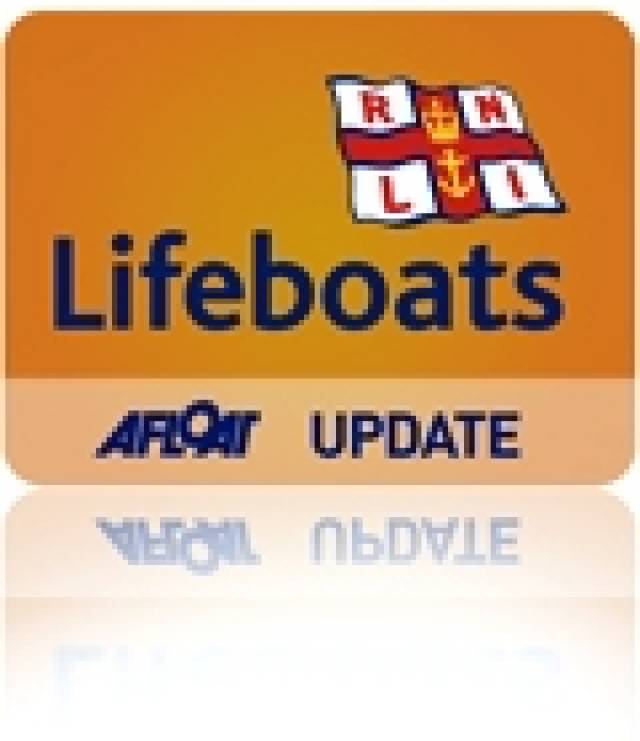#RNLI - Portaferry RNLI has rescued a man who got caught out by the tide yesterday afternoon (Monday 22 December).
The volunteer lifeboat crew was requested to launch their inshore lifeboat at 2.24pm following a report of person in the water on Strangford Lough.
A kayaker who was in upper parts of the lough at the time raised the alarm after he saw a man waist-deep in the water.
The lifeboat launched and headed towards Rainey Island at the north end of Strangford Lough, arriving on scene at 2.50pm, and the crew began a search of the area around Rainey and Sketrick Islands.
When nothing was found, the lifeboat carried on up into Watson Island on Ardmillan Bay, where the crew located the casualty.
The man, who was a wildfowler, had set off walking to the island earlier in the morning when the tide had been out but then got caught out by the rising tide.
It was when he was attempting to return to the mainland that he was spotted by the kayaker waist deep in the water.
With the water getting deeper the man decided to return to the island for his own safety, where he was waiting when the lifeboat located him.
In what is a muddy area that can be dangerous, the Portaferry crew carefully manoeuvred in shallow water to get to the man and bring him on board the lifeboat.
The casualty, who was cold and fatigued but who didn’t require any further medical attention, was then transported to Ballydorn.
Speaking following the callout, Portaferry RNLI lifeboat operations manager Brian Baille commended the kayaker who had raised the alarm.
"The kayaker spotted the casualty, raised the alarm and then stayed with the man until the lifeboat arrived on scene and brought him to safety. Had the alarm been raised later it would have been much trickier to locate the casualty in the dark.
"We would remind anyone planning to go out on the lough to be mindful of the weather and tide times."































































